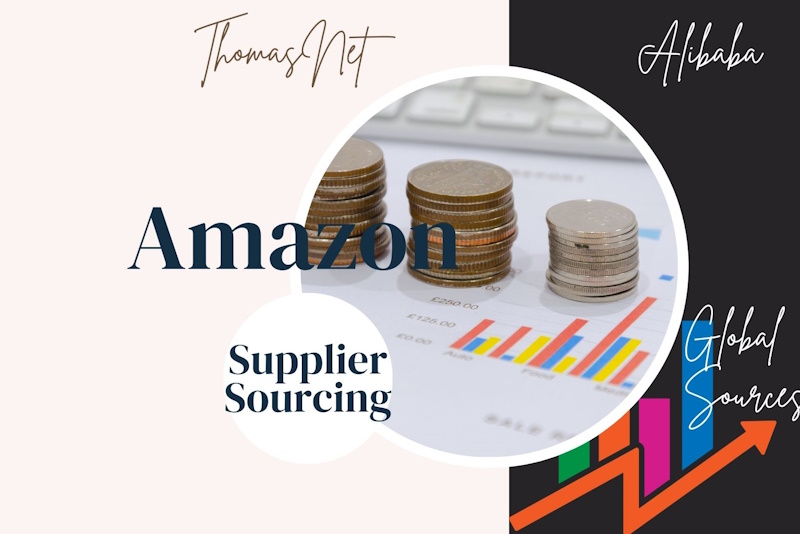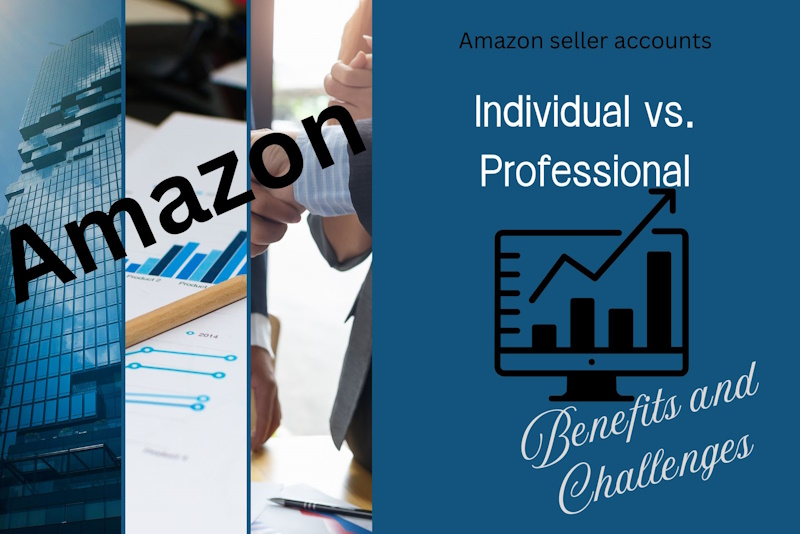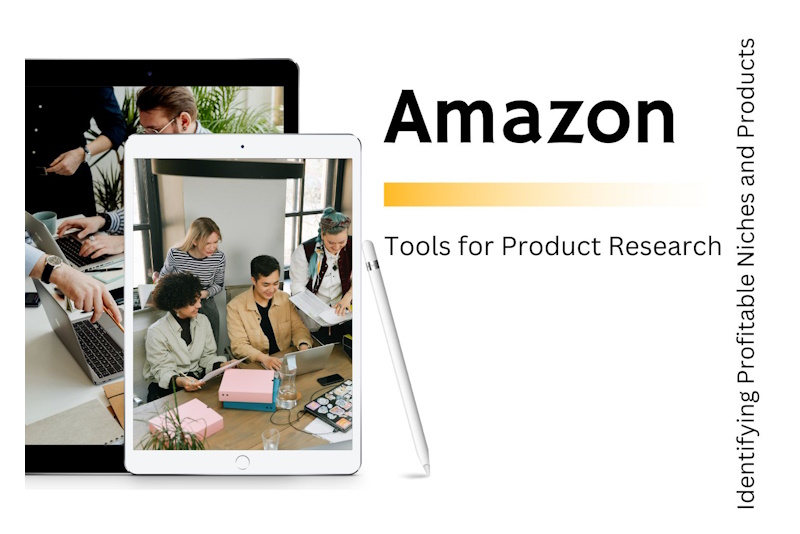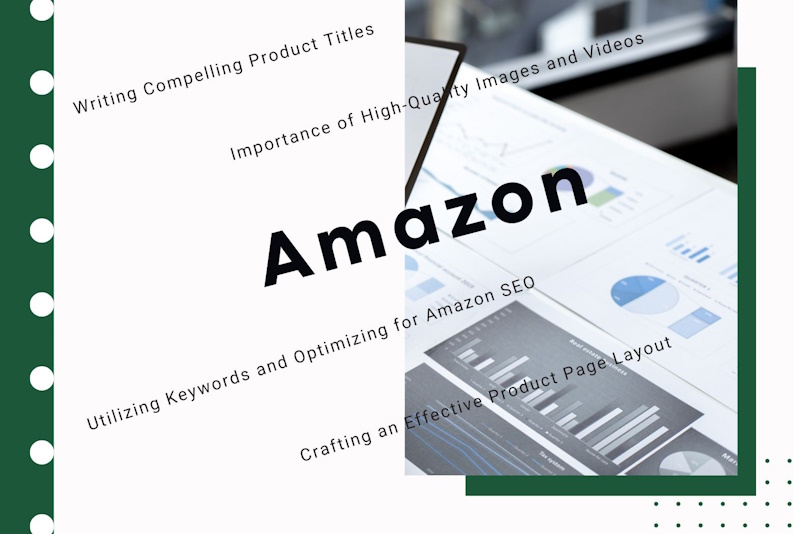Building the Backbone of Your Amazon Business
One of the most critical components of running a successful Amazon business is ensuring a steady supply of high-quality products and managing your inventory effectively. Supplier sourcing and inventory management are essential for maintaining profitability, avoiding stockouts, and keeping customers happy. In this guide, we’ll walk you through how to find reliable suppliers, negotiate contracts, manage inventory, and handle logistics and shipping.
How to Find Reliable Suppliers
Finding the right supplier is crucial for ensuring product quality, timely delivery, and long-term business success. Here are some of the best ways to source reliable suppliers:
1. Alibaba (International Suppliers)
- Overview: Alibaba is the largest global marketplace for sourcing products from manufacturers, primarily in China. It offers a vast range of products and suppliers, making it a go-to for private label sellers.
- How to Use: Start by searching for your product, filtering by suppliers with good ratings, trade assurance, and those who are verified. Always request samples before placing large orders.
- Pros:
- Low production costs.
- Ability to order customized products.
- Wide variety of product options.
- Cons:
- Long shipping times.
- Language barriers and potential quality control issues.
2. Domestic Manufacturers
- Overview: Working with manufacturers in your home country (e.g., the U.S., Europe) can lead to faster shipping times and potentially higher-quality products.
- How to Use: You can find domestic manufacturers through trade shows, industry directories, or online platforms like ThomasNet (for the U.S.).
- Pros:
- Faster shipping and delivery.
- Easier communication and quality control.
- High trust in product safety standards.
- Cons:
- Higher production costs.
- Limited product variety compared to international suppliers.
3. Online Marketplaces and Directories
- Platforms like ThomasNet, Global Sources, and Made-in-China are great for finding both domestic and international suppliers. These directories feature verified manufacturers and allow you to filter by location, product type, and more.
4. Trade Shows and Networking
- Attending trade shows (either in person or virtually) allows you to meet suppliers directly, discuss business opportunities, and get hands-on with products. Trade shows like Canton Fair (for international suppliers) and MAGIC (for apparel) can be excellent sourcing events.
5. Private Label Manufacturers
- If you’re looking to build your own brand, private label manufacturers allow you to customize products with your logo and packaging. These suppliers usually have more flexible Minimum Order Quantities (MOQs) compared to larger manufacturers.
Negotiating with Suppliers and Managing Contracts
Once you’ve identified potential suppliers, the next step is negotiation and managing contracts. Here’s how to approach these aspects effectively:
1. Start with Small Orders
- Always begin by placing a small order to test product quality and supplier reliability. This helps reduce risk before committing to large orders.
2. Negotiate on Key Terms
- Price: While cost is important, focus on negotiating a price that reflects good value without sacrificing quality. Be realistic about your order volume — larger quantities generally lead to better pricing.
- Minimum Order Quantity (MOQ): Many suppliers have high MOQs, but these can often be negotiated. Try to lower the MOQ, especially for initial orders.
- Payment Terms: Negotiate payment terms that protect your cash flow. Common options include 30% upfront and 70% upon delivery, or using escrow services for international suppliers.
- Lead Times: Ensure you get a clear agreement on production and shipping timelines. It’s essential to know how long it will take to manufacture and ship your products to prevent stockouts.
3. Create Detailed Contracts
- Clearly outline all terms in a written agreement, including product specifications, pricing, payment terms, lead times, and quality standards. This will help protect both parties and minimize the risk of misunderstandings.
4. Establish a Strong Relationship
- Building a solid relationship with your supplier can lead to better pricing, faster delivery times, and priority attention. Communication is key — be clear, professional, and responsive in all interactions.
Inventory Management Best Practices
Efficient inventory management is crucial for running a successful Amazon business. Mismanaging inventory can lead to stockouts, excess storage costs, and loss of sales. Here are some best practices to ensure smooth operations:
1. Use Inventory Management Software
- Tools like Jungle Scout Inventory Manager, RestockPro, and Sellbrite help you track stock levels, forecast demand, and automate reordering processes. This prevents both overstocking and running out of inventory.
- Amazon’s Inventory Dashboard also provides useful insights into stock levels and can help you track the performance of your products.
2. Set Reorder Points and Safety Stock Levels
- Reorder Point: Calculate the minimum level of inventory you should have before reordering stock. A good rule of thumb is to factor in lead times and daily sales velocity to ensure you have enough inventory to cover any delays.
- Safety Stock: Keep extra units in reserve as a buffer for unexpected sales spikes or supplier delays.
3. Monitor Sales Trends
- Regularly review your sales data to adjust your inventory levels based on seasonality, promotions, or trends. Products may sell faster during peak shopping seasons (e.g., Black Friday, holiday season), so plan accordingly.
4. Utilize Amazon FBA Inventory Tools
- If you’re using Fulfillment by Amazon (FBA), use Amazon’s built-in inventory management tools to track stock at fulfillment centers, create shipments, and monitor storage fees. Be mindful of Amazon’s long-term storage fees for slow-moving inventory, as these can add up.
5. Implement FIFO (First In, First Out)
- For perishable goods or items with expiration dates, implement a FIFO strategy to ensure older stock is sold first. This prevents waste and customer dissatisfaction from receiving expired products.
Handling Logistics and Shipping
Logistics and shipping play a crucial role in maintaining a steady flow of products from your supplier to Amazon warehouses or directly to customers. Here’s how to handle these processes effectively:
1. Decide Between FBA and FBM
- Fulfillment by Amazon (FBA): Amazon handles storage, packaging, and shipping, making it a hassle-free option for many sellers. FBA also gives your products access to Prime shipping and better visibility in search results.
- Fulfillment by Merchant (FBM): You handle your own storage and shipping. FBM can be cost-effective for sellers with the infrastructure to manage their own logistics, but it lacks the speed and convenience of FBA.
2. Choose the Right Shipping Method
- Air Freight: Faster but more expensive, ideal for high-margin or time-sensitive products.
- Sea Freight: Slower but significantly cheaper, best for large orders or non-urgent products. Plan ahead for longer lead times when using sea freight.
- Courier Services (DHL, FedEx, UPS): For smaller orders or samples, these express services offer reliable, fast shipping.
3. Work with Freight Forwarders
- For international shipments, consider hiring a freight forwarder to handle the complexities of customs clearance, duties, and shipping logistics. Companies like Flexport or Freightos make global shipping easier by coordinating the entire shipping process.
4. Use Amazon’s Partnered Carrier Program
- For sellers using FBA, Amazon offers discounted shipping rates through their Partnered Carrier Program. This can help reduce the cost of sending your inventory to Amazon fulfillment centers.
5. Monitor Shipment Status
- Stay on top of your shipments by tracking them regularly. Delays in shipping can lead to stockouts, so communicate with your suppliers and freight forwarders to ensure timely delivery.
Supplier sourcing and inventory management are two of the most critical aspects of running a successful Amazon business. By finding reliable suppliers, negotiating smartly, and implementing effective inventory management practices, you can ensure a smooth supply chain and keep your products in stock and your customers satisfied. Managing logistics and shipping effectively is the final piece of the puzzle to keep your business running efficiently and profitably.
Whether you’re sourcing from domestic or international suppliers, a well-organized inventory and smooth logistics will be the backbone of your Amazon success. Ready to take the next step? Start building strong relationships with suppliers and streamline your inventory management to scale your Amazon business.




